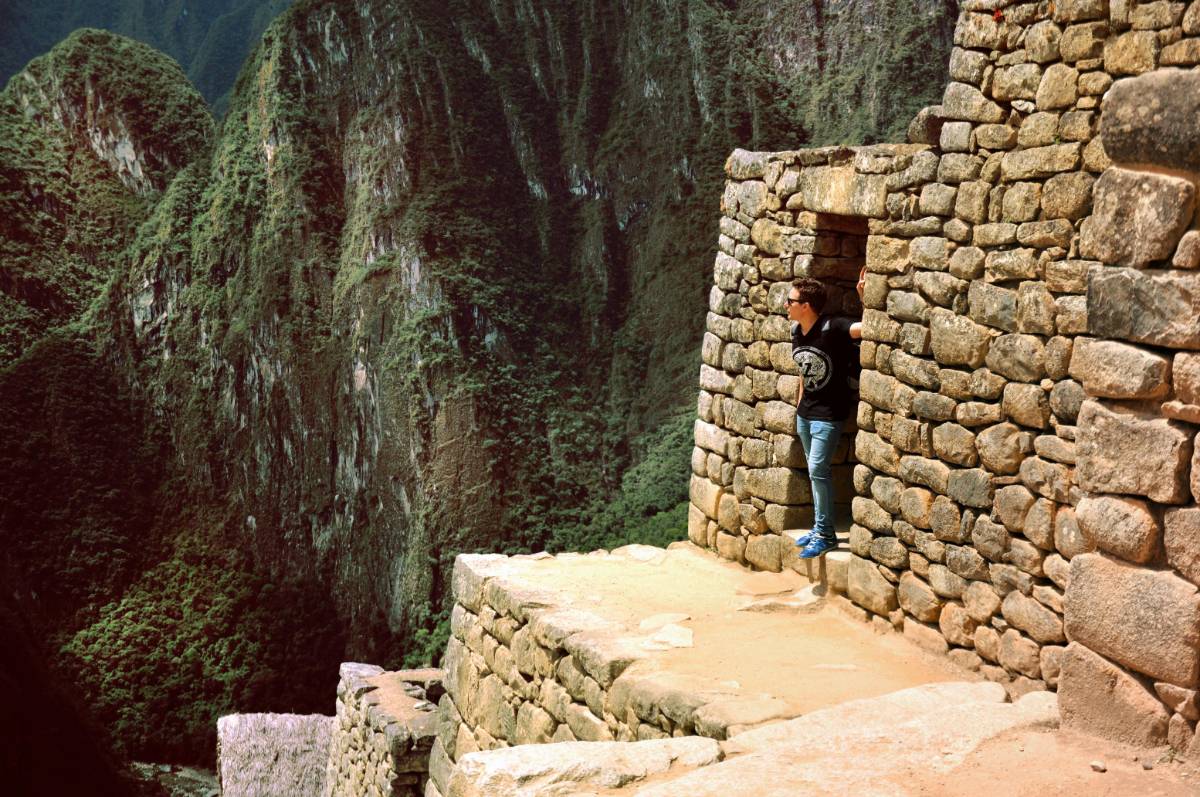The Art of Movie Trailers: How Hollywood Sells Its Stories
28 Sep 2025
Read Time: 6 min read

Movie trailers are one of the most powerful marketing tools in Hollywood, acting as the first introduction to a film for audiences worldwide. Their job is to capture the essence of a movie, sparking curiosity and excitement while giving just enough away to build anticipation. A well-crafted trailer can make or break a film's commercial success, and over the years, the art of movie trailer production has evolved into a sophisticated and highly calculated process.
 The Power of the Trailer
The Power of the TrailerThe importance of a movie trailer cannot be overstated. It is often the deciding factor for whether an audience chooses to see a film in theaters or not. A good trailer highlights the key aspects of a film—its tone, genre, and most compelling moments—without revealing too much of the plot. It’s a delicate balancing act that requires the filmmakers to distill the movie’s essence into a few short minutes.
The effectiveness of a trailer lies in its ability to capture attention quickly. In an age where attention spans are shorter than ever, movie trailers must hook viewers within the first few seconds. The use of suspense, music, and visuals all work together to create an emotional connection with the audience, leading them to want more. But trailers aren’t just a preview—they are a crucial part of the film’s identity, setting the tone for how it will be received by the public.
The Anatomy of a Great TrailerThe most effective trailers are carefully structured to build excitement while giving audiences just enough of a taste of the film’s story. A great trailer often follows a three-act structure, much like the film itself, but in a much more condensed format. It starts by introducing the premise, followed by escalating tension or conflict, and then ends with a climactic moment or reveal designed to leave viewers wanting more.
The opening seconds of a trailer are crucial. Filmmakers have to establish the world of the movie quickly, and in some cases, they also need to introduce the central characters or themes. Music is also an essential tool, as it sets the tone for the trailer. For instance, an intense, fast-paced soundtrack can create a sense of urgency, while a slower, more haunting melody might evoke mystery or emotion.
After establishing the premise, the middle of the trailer ramps up the stakes. This section typically showcases the film's most thrilling, dramatic, or action-packed moments without giving away key plot details. This is where the trailer builds to its emotional peak. The trailer’s pacing increases, creating tension and heightening anticipation. The editing is crucial here; shots are often shorter and more dynamic to keep the audience engaged.
Finally, the trailer ends with a climactic moment—often a twist or a powerful image—that leaves viewers on the edge of their seats. It’s a way to signal that something big is coming, and audiences are left with an emotional pull to see the full film. The closing seconds often feature a title reveal and the tagline, offering one final call to action to get audiences to watch the movie in theaters.

One of the key elements of a successful trailer is knowing how much to show and how much to hold back. Teasing the audience with enough information to get them interested without giving away too much is a tricky balance. Trailers often reveal a glimpse of the film’s central conflict, a sneak peek of the most intense moments, and just enough of the characters' emotional arcs to get viewers invested in their journey.
However, revealing too much can spoil the experience for the audience, leaving them with little to discover when they finally see the full film. Hollywood has long understood the art of the tease, and some trailers have even become famous for how little they reveal. For instance, the trailer for *Jaws* (1975) famously kept the shark hidden, creating an air of mystery and suspense. This allowed the film’s greatest moments to remain unexpected and thrilling.
Similarly, the trailer for *The Sixth Sense* (1999) is remembered for its ability to draw audiences in without revealing the film's big twist. It played on suspense and atmosphere, never fully disclosing the key plot twist until the audience experienced it in the film. This careful balancing act is why many consider trailers to be as much an art form as the films themselves.
💡 Discover More from Hollywood
In recent years, the concept of the teaser trailer has become increasingly popular. Teasers are short, often cryptic trailers that are designed to generate buzz and pique curiosity with minimal information. These trailers typically arrive months before the film’s release and are intended to create early hype and anticipation.
Teaser trailers often avoid revealing key plot points, instead focusing on a striking image or a memorable line of dialogue. They are typically more atmospheric and cryptic, leaving viewers with more questions than answers. A great example of a teaser trailer is the one for *Inception* (2010), which focused on the concept of dreams within dreams without giving away much of the actual story. The teaser was cryptic, thought-provoking, and intriguing—ensuring that fans were desperate to see more.
Teaser trailers have become a marketing strategy in their own right, with studios using them to create a sense of excitement months before the actual film hits theaters. This kind of marketing also plays into the modern filmgoer's desire for instant gratification—viewers want a taste of the film, and teaser trailers give them just enough to keep them hooked.
The Impact of Social Media and Online MarketingIn the digital age, movie trailers are no longer confined to the cinema. With the rise of social media and video-sharing platforms, trailers now reach global audiences in a matter of hours. Studios can now release trailers online, allowing fans to share and discuss them in real time. This shift in distribution has made trailers even more essential to a film's success, as they become part of an ongoing conversation leading up to the movie’s release.
The viral nature of online trailers can lead to huge increases in interest and anticipation. A well-executed trailer can quickly gain millions of views, making it a key component of a film’s marketing campaign. For example, the trailer for *Avengers: Endgame* (2019) was watched over 289 million times in its first 24 hours, setting a new record for trailer views. This massive online presence shows just how important trailers are in today’s film industry and how they can play a pivotal role in the success of a movie.
Social media has also given rise to fan-made trailers, which can influence the perception of a movie. These unofficial trailers often remix official footage to create new, fan-centric narratives. Some fan-made trailers have even been so effective that they’ve gone viral, spreading excitement for a movie even before it’s released in theaters. The way trailers now live and breathe in the digital landscape shows just how much influence they have on a film’s success.
ConclusionMovie trailers have evolved from simple promotional tools to an essential part of the filmmaking process. They are now an art form that requires creativity, strategy, and a deep understanding of audience psychology. Whether it’s teasing the audience with just enough to spark interest, creating emotional highs and lows, or using music and visuals to convey tone, trailers have the power to shape a film's legacy long before it hits theaters.
In today’s digital age, trailers have taken on an even more significant role, using social media and viral marketing to reach millions in an instant. A well-made trailer can make a movie a hit, while a poorly executed one can turn audiences away before they even get a chance to experience the film. In the end, movie trailers have become an integral part of the movie-going experience, offering a sneak peek into the world of cinema while leaving just enough to the imagination to keep us coming back for more.
Stay Informed
Get the latest and most accurate news delivered straight to your inbox. Subscribe now and never miss an update.

Anita Singh
An insightful voice in the industry, crafting content that informs, inspires, and connects with readers.
View all articles →Continue Reading

Travel
How to Make the Most of Business Class Benefits on Your Next Corporate Flight
By David Thompson
02 Oct 2025

Travel
How to Make the Most of Your Corporate Travel Perks – Expert Tips Inside!
By James Carter
31 Aug 2025

Travel
Exploring Indigenous Cultures: Destinations and Responsible Tourism Tips
By Rahul Sharma
20 Sep 2025

Travel
Why Your Corporate Travel Policy May Be Costing You More Than You Think
By David Thompson
18 Sep 2025

Travel
How to Make the Most of Your Airline Miles – Tips from Travel Experts
By Olivia Mitchell
23 Sep 2025












